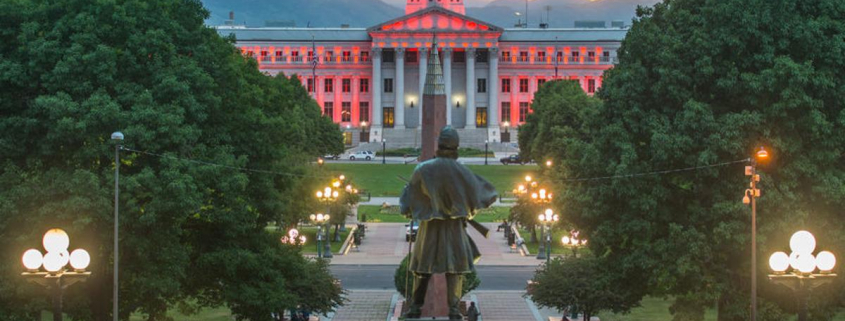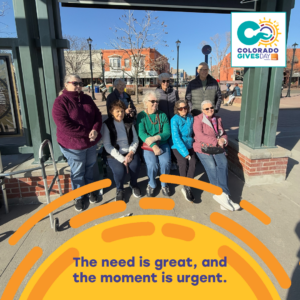As the stay-at-home order continues, monotony ensues. 303 Magazine has created a master list of virtual events that will keep you active and connected. The list is ongoing, updating regularly with new virtual events to keep things fresh. Read more
Denver, CO – Mayor Michael B. Hancock has directed Denver’s City and County Building be lit in red and white lights as a show of gratitude and support for our first responders and medical personnel. Denver Police Chief Paul Pazen will share how all public safety officers will reflect this tribute across the city.
Additionally, Councilwoman Kendra Black is asking all Denver residents to join the city in showing their gratitude and support for the people on the frontlines and essential workers by decorating a tree, shrub, or window with colorful lights. Residents are encouraged to share photos of their decorations using the hashtag #KeepCalmDenverOn.
What: Lighting of the City and County Building to thank first responders and essential workers.
Where: City and County of Denver Building, 1437 Bannock St.
When: Thursday, April 9, 2020 at 8:00 p.m.
Who: Mayor Michael B. Hancock, Denver Police Chief Paul Pazen and Councilwoman Kendra Black
Tuesday was supposed to be Denver’s 138th day of school this year. But in a lot of ways, educators said it felt like the first day all over again. Read more
As health authorities tell us to stay at home and to maintain a six-foot distance from one another, public transit ridership has understandably collapsed. A TransitApp analysis suggests that this collapse has now stabilized around 70% below pre-crisis levels, but many major agencies report bigger declines, especially on longer-distance and commute-oriented services. San Francisco’s BART system, for example, has lost 93% of its riders. Read more
While white collar workers can do their jobs from the comfort of home during the COVID-19 crisis, millions of essential workers continue to rely on transit to reach jobs providing medical care, food, and other necessities. The bus and train operators transporting these workers are also at heightened risk and must receive added protections to stay safe on the job. Read more
WASHINGTON – The Department of Veterans Affairs (VA) announced, April 3, a number of actions to provide Veterans with financial, benefits and claims help amid VA’s COVID-19 response. Read more
![DRMAClogo[1] DRMAC](https://drmac-co.org/wp-content/uploads/2019/12/DRMAC20logo1.jpg)







